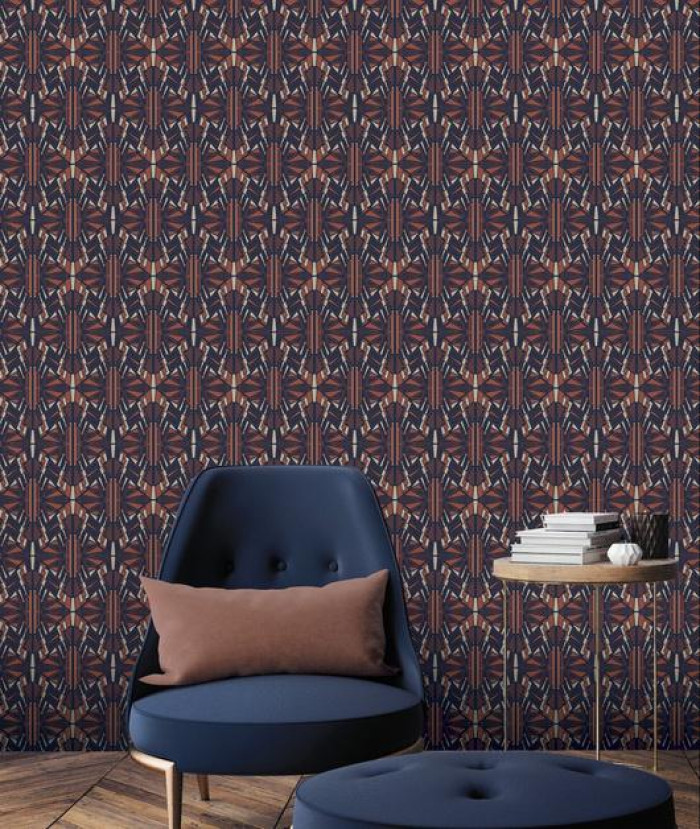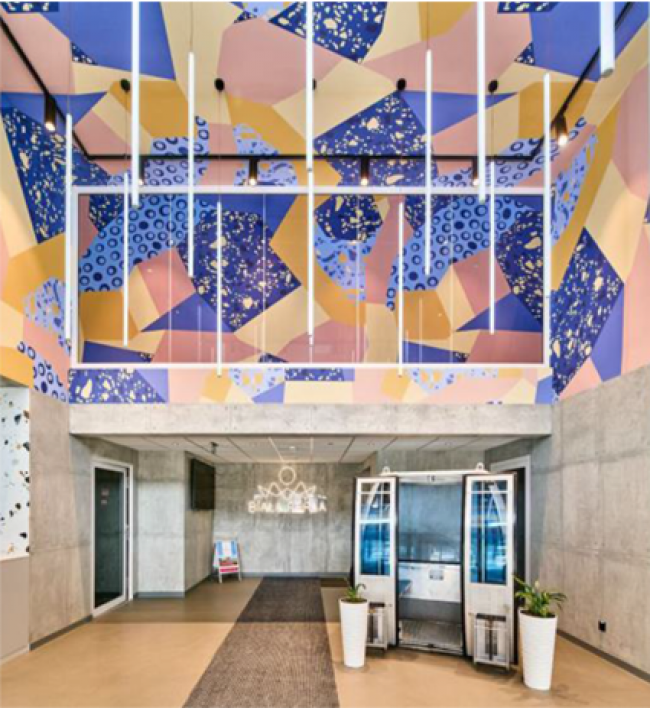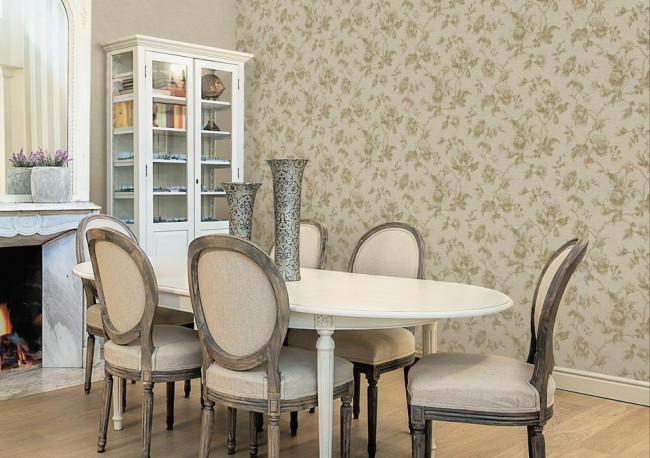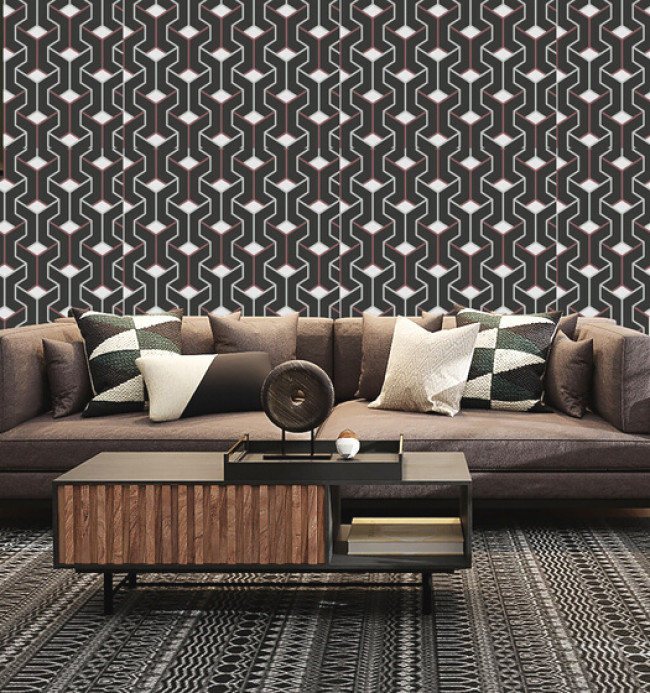Wallpaper design is a powerful tool that can completely transform the look and feel of any space. From adding a touch of elegance to creating a bold statement, the right wallpaper can enhance your home decor and bring your vision to life. In this comprehensive guide, we will explore the world of wallpaper design, including patterns, colors, styles, trends, and installation tips. Whether you're looking for a traditional aesthetic or a modern flair, this article will provide you with the knowledge and inspiration to choose the perfect wallpaper for your space.

Table of Contents
- The Power of Wallpaper Design
- Exploring Wallpaper Patterns
- Embracing Colors in Wallpaper Design
- Traditional Wallpaper Styles
- Modern Wallpaper Trends
- Choosing the Right Wallpaper for Your Space
- Wallpaper Installation Tips
- Wallpaper Care and Maintenance
- Frequently Asked Questions (FAQs)
- Conclusion
The Power of Wallpaper Design
Wallpaper design has the ability to transform a plain wall into a stunning focal point. It offers endless possibilities for expressing your personal style and creating a unique atmosphere in your space. Wallpaper allows you to go beyond paint and add texture, pattern, and color to your walls, making them visually captivating and creating an inviting ambiance.
Exploring Wallpaper Patterns
Wallpaper patterns come in a wide variety, catering to different tastes and design preferences. Here are some popular patterns to consider:
- Floral: Floral patterns are timeless and versatile. They can range from delicate and traditional to bold and modern, allowing you to create a romantic or vibrant look in your space.
- Geometric: Geometric patterns are perfect for adding a contemporary touch to your walls. From clean lines to intricate designs, geometric patterns can create a sense of movement and visual interest.
- Stripes: Striped wallpaper can create an illusion of height or width, depending on the orientation of the stripes. Vertical stripes can make a room appear taller, while horizontal stripes can make it appear wider.
- Damask: Damask patterns are elegant and often feature intricate designs with a rich history. They add a touch of luxury and sophistication to any room.
- Tropical: Tropical patterns are vibrant and playful, often featuring lush foliage, exotic animals, or beach-inspired elements. They can bring a sense of the outdoors into your space.
- Abstract: Abstract patterns offer a contemporary and artistic vibe. They allow for creativity and can make a bold statement in your interior design.
Embracing Colors in Wallpaper Design
Colors play a vital role in wallpaper design, setting the mood and ambiance of a room. Here are a few considerations when it comes to colors:
- Neutral Tones: Neutral colors like beige, gray, and cream are timeless and versatile. They provide a subtle backdrop that allows furniture and accessories to take center stage.
- Bold and Vibrant Colors: If you want to make a statement, consider wallpaper in bold colors like deep blues, vibrant reds, or rich greens. These colors can add drama and create a focal point in your space.
- Pastel Shades: Pastel colors such as soft pinks, baby blues, and light yellows create a serene and calming atmosphere. They are perfect for bedrooms or spaces where relaxation is key.
- Contrasting Colors: Combining contrasting colors can create visual interest and make a bold impact. For example, pairing a deep navy wallpaper with a bright white trim can create a striking effect.
Traditional Wallpaper Styles
Traditional wallpaper styles evoke a sense of nostalgia and elegance. Here are a few popular traditional styles:
- Toile: Toile wallpaper features intricate scenes depicting pastoral or historical themes. It often has a monochromatic color scheme and adds a touch of sophistication to traditional interiors.
- Chinoiserie: Chinoiserie wallpaper originated in the 18th century and often depicts Asian-inspired motifs, such as birds, flowers, or landscapes. It exudes an air of exoticism and elegance.
- Flocked: Flocked wallpaper is known for its velvety texture created by small fibers attached to the surface. It adds a luxurious and tactile element to a room.
Modern Wallpaper Trends
Modern wallpaper trends embrace contemporary designs and innovative materials. Here are a few popular trends to consider:
- Metallic Finishes: Wallpaper with metallic accents or finishes adds a touch of glamour and reflects light, creating a sense of luxury and modernity.
- Textured Wallpaper: Textured wallpaper creates depth and interest on your walls. It can imitate natural materials like brick, stone, or wood, adding a tactile element to your space.
- Large-Scale Patterns: Oversized patterns are a popular trend, making a bold statement and adding drama to a room. Large-scale florals or abstract designs can create a stunning visual impact.
- Digital Prints: Digital printing technology allows for highly detailed and vibrant wallpaper designs. From realistic landscapes to abstract art, digital prints offer endless possibilities for customization.
Choosing the Right Wallpaper for Your Space
When selecting wallpaper for your space, consider the following factors:
- Room Size: In smaller rooms, choose lighter colors or smaller patterns to create a sense of space. In larger rooms, bolder patterns or colors can make a stronger impact.
- Lighting: Consider how natural and artificial lighting will interact with the wallpaper. Darker colors may absorb light, while lighter colors can help reflect it, brightening up the room.
- Furniture and Decor: Take into account the existing furniture and decor in the space. Choose wallpaper that complements the overall color scheme and style of the room.
- Purpose of the Room: Consider the function of the room. For example, serene and calming patterns may be suitable for bedrooms, while vibrant patterns can energize a living room or dining area.
Wallpaper Installation Tips
Proper installation is crucial for achieving a flawless finish. Here are some tips to ensure a successful wallpaper installation:
- Surface Preparation: Ensure the wall surface is clean, smooth, and free from imperfections. Repair any cracks or holes and remove any old wallpaper or loose paint.
- Wallpaper Adhesive: Choose the appropriate adhesive for the type of wallpaper you have selected. Follow the manufacturer's instructions for mixing and applying the adhesive.
- Pattern Matching: Pay attention to pattern matching, especially with intricate designs. Proper alignment ensures a seamless and professional-looking result.
- Smoothing and Removal of Air Bubbles: Use a wallpaper smoother or a plastic scraper to smooth out the wallpaper, starting from the center and working your way outward. Remove any air bubbles or wrinkles for a smooth finish.
- Trimming and Finishing: Trim excess wallpaper using a sharp utility knife and a straight edge. Make precise cuts around corners, outlets, and switches for a clean and polished look.
Wallpaper Care and Maintenance
To keep your wallpaper looking its best, follow these care and maintenance tips:
- Regular Dusting: Use a soft microfiber cloth or a feather duster to remove dust from the surface of the wallpaper.
- Spot Cleaning: In case of any spills or stains, gently blot the affected area with a clean cloth or sponge. Avoid rubbing, as it may damage the wallpaper.
- Avoid Excessive Moisture: Wallpaper is not recommended for high-moisture areas such as bathrooms or kitchens. Ensure proper ventilation to prevent moisture-related damage.
- Avoid Harsh Chemicals: Refrain from using abrasive cleaners or harsh chemicals on the wallpaper, as they can cause discoloration or damage.
Frequently Asked Questions (FAQs)
Here are some frequently asked questions about wallpaper design:
Q: Can wallpaper be used in all rooms?
A: Wallpaper can be used in most rooms, but it's important to consider the specific conditions of each space. High-moisture areas like bathrooms may require special moisture-resistant wallpaper.
Q: Can wallpaper be applied to textured walls?
A: While wallpaper can be applied to lightly textured walls, heavily textured surfaces may pose challenges for a smooth and even installation. Smoothing the wall or using a liner can help overcome this.
Q: Can wallpaper be easily removed?
A: The ease of wallpaper removal depends on the type of wallpaper and the adhesive used. Some wallpapers are designed to be easily removable, while others may require more effort.
Q: Can wallpaper hide imperfections on walls?
A: Yes, wallpaper can help conceal minor imperfections on walls. However, it's important to properly prepare the surface before installation for the best results.
Q: Can I install wallpaper myself, or should I hire a professional?
A: Wallpaper installation can be done as a DIY project, but it requires careful attention to detail. For complex patterns or challenging surfaces, hiring a professional installer is recommended.
Q: How long does wallpaper typically last?
A: The lifespan of wallpaper depends on factors such as the quality of the wallpaper, the installation process, and how well it's maintained. With proper care, wallpaper can last for many years.
Conclusion
Wallpaper design offers endless possibilities for transforming your space and expressing your personal style. From patterns and colors to traditional and modern styles, the right wallpaper can create a visually stunning environment that enhances your home decor. By considering factors such as room size, lighting, and existing decor, you can choose the perfect wallpaper to elevate your space. With proper installation and maintenance, your wallpaper will continue to bring joy and beauty to your home for years to come.
















